Home > Livestock: reducing methane in livestock systems
Livestock:
reducing methane in
livestock systems
AF reports on reducing direct livestock emissions of methane, be it with genetics, additives or some nifty tech.
What’s the problem?
DEFRA has signalled its intention to monitor emissions of methane from livestock and ways to reduce them. They reported that, in 2019, agriculture accounted for 10% of total UK greenhouse gas (GHG) emissions, with methane responsible for approximately 54% of agricultural emissions.
Our Government has also committed to achieve net-zero GHG emissions across the whole UK economy by 2050. To help meet these targets (all) farmers and growers need to reduce production of GHGs in their systems.
What can livestock farmers do?
Time is of the essence as 2050 is very close. Most of our retail customers are committing to net zero by 2040. So long-term research, whilst worthwhile, will not reap benefits soon enough.
In the short term, we have three tools to get GHG from livestock down; genetics, feed additives and equipment.
Ba selector
The DEFRA Farming Innovation Fund recently awarded £2.9m to a project using genetic selection to breed sheep that reduce less methane, without affecting other important traits. As reported by Farmers Weekly on 4th July, “By analysing the data, researchers hope to breed sheep with a naturally low carbon footprint, creating an Estimated Breeding Value that combines methane yield, feed efficiency, productive lifetime efficiency and health.”
A number of similar studies have also been carried out in dairy and beef cattle, although to date reductions have been only in the 20-30% range. So, there’s a lot still to do there.
The key problem with genetic selection is of course time. The limitation is breeding and cross breeding generations when heifers can’t be mated until they reach 15 months, gestation then takes nine months, and ewes need to reach two teeth at 18-20 months before mating, and then have a five-month gestation.
Do feed additives add up?
The NFU published a short report last autumn which advised that currently-available additives are either incorporated into a total mixed ration or top dressed onto feed.
Most additives work by limiting the cycle in the rumen that creates methane. This achieves various degrees of methane reduction.
For additives to be effective they must be consumed at the same time as the normal diet. That’s easy in housed animals being fed a ration. Animals out grazing need to receive the active ingredient another way, maybe via a block.
AF supplier Harbro have a feed additive to mix with rations on farm, Rumitech, which promises to reduce the methane emitted by dairy and beef cattle from between 30% – 45%, and your AF livestock team can procure this for you.
DSM also have a product Bovaer which is currently under consultation with the FSA, and AF will also be able to supply this product once it is approved, which should be soon as it is already available across the EU.
However, a recent Australian study into the use of red seaweed as a supplement hoped to reduce methane emissions by around 80% was halted after initial large scale trials indicate the reduction is closer to 28%.
News of the study prompted Nikki Yoxall, a PhD student in agroecological transitions to comment on Twitter “The seaweed was mixed in canola oil and added to the animals’ feed. Can we just stop with this nonsense and make sure our herbivore ruminants just have DIVERSE SWARDS to graze?!”
They’ve got a point. And the results of studies are available which have measured the emissions of grass-fed livestock, and favourably compare the amount of sequestered carbon within pasture against the methane emissions of the ruminants.
Prêt-à-Porter possible?
AF has also seen a small number of wearable options, like the Zelp. This is a device which fits around the cow’s head, and as methane is exhaled it is sent through a catalyst which oxidises it to release CO2 and water. Trials have also been carried out with fume hoods either on a whole house basis or localized around feed troughs, however this obviously requires the animals to be housed.
What next?
It appears that we have some partial solutions. That’s similar to last week’s conclusion when we investigated GHG-reducing feed ingredients. But more work needs to be done if we are to have effective, practical and affordable means to meet the demands of customers, consumers and government.



